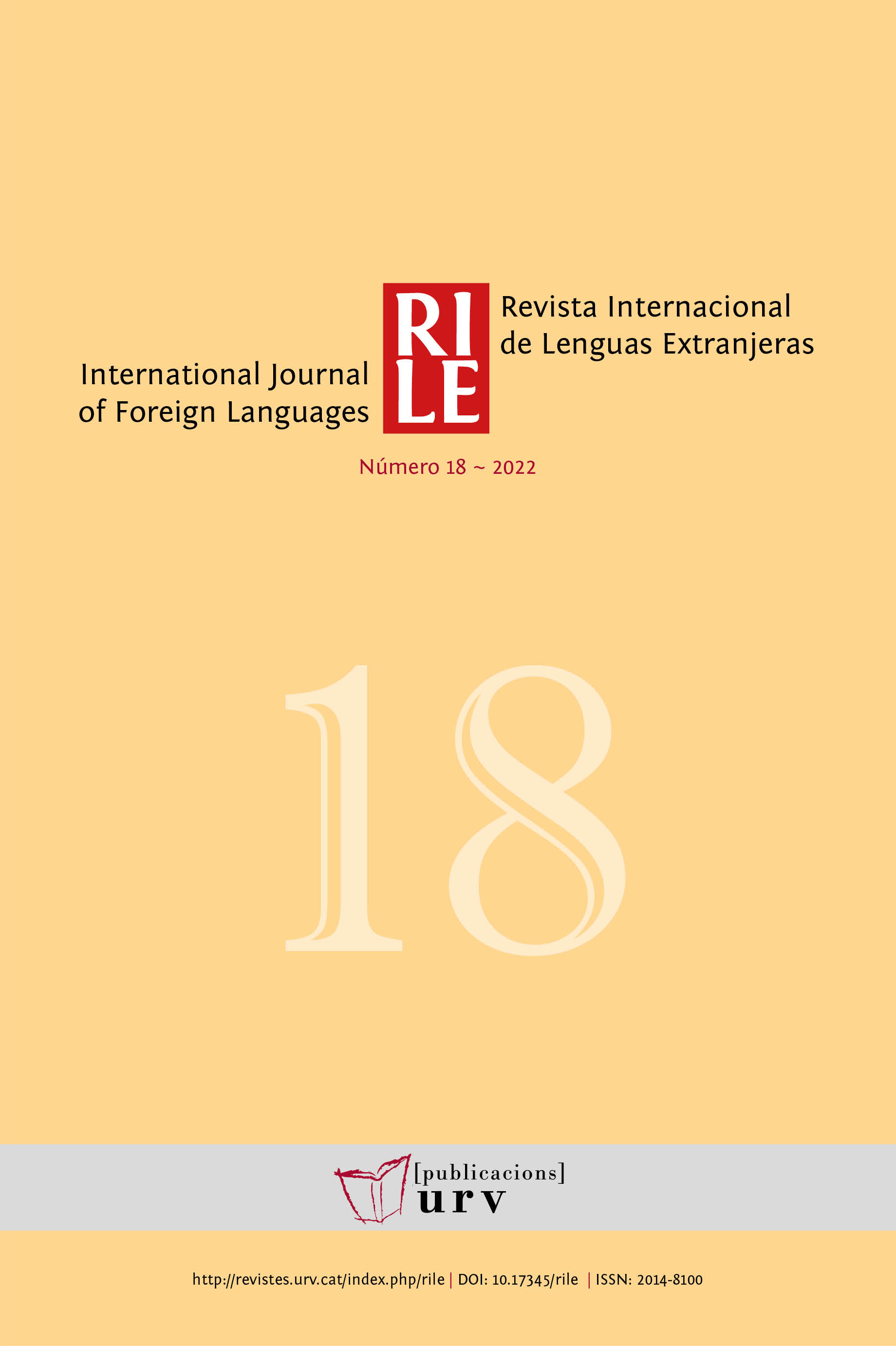Teaching Grammatical Gender in Russian as Foreign Language to Spanish Learners: a Review and Didactic Recommendations
DOI:
https://doi.org/10.17345/rile18.3500Resumen
Previous studies report that grammatical gender causes difficulties for learners of second (L2) and foreign languages (FL), especially for those students whose first language does not possess this grammatical characteristic. Although Spanish and Russian share gender feature, Russian has a more complex gender system which may be difficult to acquire for Spanish-speaking students. Given that it is not clear what explicit instructions Spanish students of FL Russian receive during the acquisition process and not numerous research that study this issue, in this paper we aim to analyse three elementary level textbooks usually used to teach Russian as FL in Spain as for their presentation of grammatical gender. The textbook analysis revealed differences between the presentation of noun endings of each gender and the activities employed in practicing gender agreement. Notable similarities between three textbooks were found in their lack of: i) natural and grammatical gender distinction, ii) noun endings frequency statistics, iii) explicit reference to the Spanish gender system. The didactic recommendations that emerge from the present study are the following: the explicit instructions should focus on the distinction between natural and grammatical gender, the reference to Spanish gender and the most relevant endings for non-canonical nouns, and noun endings frequency statistics should be provided.
Descargas
Descargas
Publicado
Cómo citar
Número
Sección
Licencia
La Revista RILE se difunde a través de Internet bajo licencia Creative Commons.
Los autores/as que publican en esta revista aceptan los siguientes términos:
Los autores son libres de:
- Compartir — copiar y redistribuir el material en cualquier medio o formato.
- Adaptar — remezclar, transformar y crear a partir del material para cualquier finalidad, incluso comercial.
El licenciador no puede revocar estas libertades mientras cumpla con los términos de la licencia.
Bajo las condiciones siguientes:
- Reconocimiento — Debe reconocer adecuadamente la autoría, proporcionar un enlace a la licencia e indicar si se han realizado cambios. Puede hacerlo de cualquier manera razonable, pero no de una manera que sugiera que tiene el apoyo del licenciador o lo recibe por el uso que hace.
- No hay restricciones adicionales — No puede aplicar términos legales o medidas tecnológicas que legalmente restrinjan realizar aquello que la licencia permite.
- No tiene que cumplir con la licencia para aquellos elementos del material en el dominio público o cuando su utilización esté permitida por la aplicación de una excepción o un límite.
- No se dan garantías. La licencia puede no ofrecer todos los permisos necesarios para la utilización prevista. Por ejemplo, otros derechos como los de publicidad, privacidad, o los derechos morales pueden limitar el uso del material.
Aviso de copyright: Los autores que publican en RILE retienen los derechos de autor de sus contribuciones y pueden compartir y distribuir su trabajo sin necesidad de solicitar autorización a la revista, siempre y cuando exista un reconocimiento expreso de su publicación inicial en RILE.







